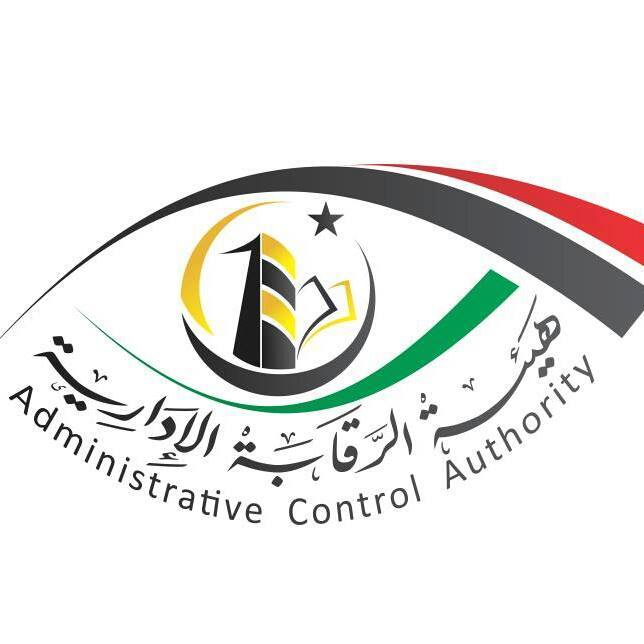IOM’s latest Libya Displacement Tracking Matrix (DTM) programme identified a total of 894,890 migrants from 45 nationalities across the 100 Libyan municipalities during the reporting period of May-July 2025.
This represents a three per cent increase compared to the previous round of data collection and an 18 per cent increase compared to the same period last year (Round 53). This upward trend has continued since December 2023.
The top five migrant nationalities are from Sudan (35%), Niger (21%), Egypt (19%), Chad (9%), and Nigeria (3%). Seventy-eight percent of these are adult males, 11 % are adult females, 7 % are accompanied children while 4 % are unaccompanied children. Fifty-three percent of these are located in Western Libya, 35% are in the east and 12% are in the south. Once in Libya, 76% of migrants are employed, with a split of 79% for men but only 37% for women.
Economic hardship remains the main driver of migration
The IOM reported that economic hardship remained the main driver of migration, though conflict and insecurity in countries of origin also played a role. Seventy-six per cent of migrants reported being employed, mostly in construction, domestic work, and agriculture. Despite this, many continued to face unstable employment conditions, limited access to services, and financial vulnerability.
It must be kept in mind that this number does not represent the total number of illegal migrants in Libya, but simply the number that have been identified by the IOM for the period in question.
52,000 deported in 2023 and 2024
During a Tripoli Cabinet meeting in March 2025, the Acting Minister of Interior, Imad Trabelsi, reviewed the ministry’s efforts in addressing the phenomenon of irregular migration, noting that the ministry deported 20,000 illegal immigrants in 2023, and 32,000 since the beginning of 2024, as part of intensive security measures aimed at controlling borders and combating illegal immigration.
An estimated 3 to 3.5 million illegal migrants in Libya
Trabelsi estimated that there are 3 to 3.5 million illegal migrants in Libya – with hundreds arriving daily.
Libya will not be a home for irregular migration
Meanwhile, Tripoli based Libyan Prime Minister, Abd Alhamid Aldabaiba, had said at the same Cabinet meeting that Libya will not be a home for irregular migration, stressing that the security and stability of the Libyan people is a red line. He denied rumours circulating about the government’s intention to settle migrants, stressing its categorical rejection of any settlement of this kind.
He said Libya is not Europe’s security guard nor will it be used as a dumping ground for illegal migrants from neighbouring states. Aldabaiba stressed that Libya is a transit route which has inherited the illegal migration problem.
International community to shoulder its responsibilities
Aldabaiba also reviewed the government’s efforts to oblige the international community to shoulder its responsibilities, stressing that Libya will not bear the burden of border control alone, calling on the European Union to provide the necessary support to confront this phenomenon.
.
At least 824,131 illegal migrants in Libya in December 2024: IOM
Libya will not be a home for illegal migrants – we are not Europe’s security guard: Aldabaiba











